Eastern Redbud Tree
- June 20, 2023
- 0 comment
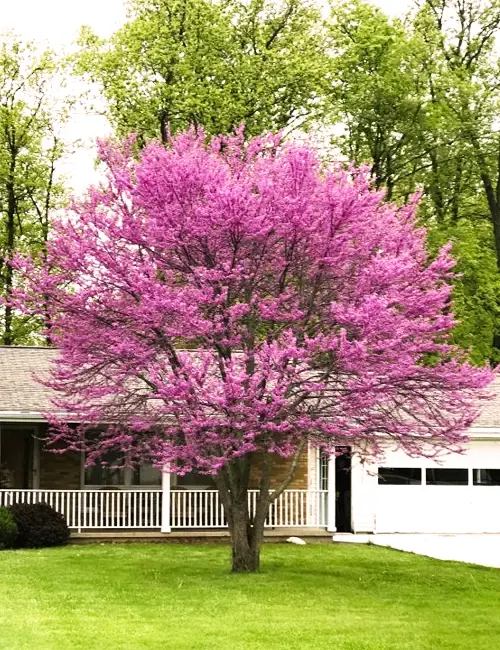
Common Name: Eastern Redbud Tree
Botanical Name: Cercis canadensis
Family: Fabaceae
Plant Type: Deciduous tree
The Eastern Redbud tree (Cercis canadensis) is a charming and vibrant addition to any landscape. Known for its delicate pink or purple blossoms that appear in early spring, this tree adds a burst of color and beauty to gardens, parks, and streetscapes. In this article, we’ll explore the various aspects of the Eastern Redbud, from its botanical details to its care requirements, benefits, and even some fun facts.
Lumber
Eastern Redbud lumber, is a small to medium-sized deciduous tree native to eastern and central North America. It is renowned for its vibrant pinkish-purple flowers that bloom in early spring, adding a beautiful display to the landscape. The lumber obtained from Eastern Redbud is relatively uncommon but possesses some unique characteristics.

Mature Size and Growth Rate
The Eastern Redbud tree typically grows to a height of 20 to 30 feet (6 to 9 meters) and spreads to a similar width. It has a moderate growth rate, adding about 1 to 2 feet (30 to 60 centimeters) per year.

Soil Type and Preference
Eastern Redbuds are adaptable and can thrive in various soil types. However, they prefer well-draining soil that is rich in organic matter.
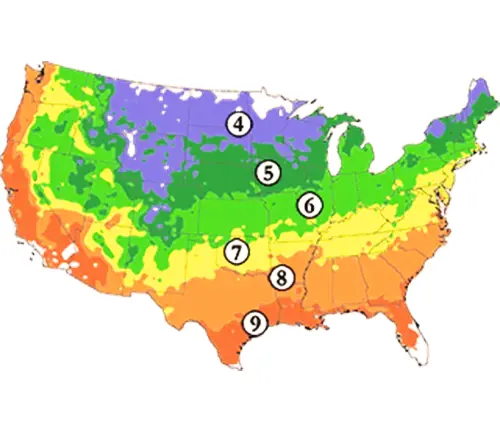
Hardiness Zones
The Eastern Redbud tree is best suited for USDA hardiness zones 4 to 9. It can tolerate a wide range of temperatures, making it suitable for different regions.

Sun Preference
While the Eastern Redbud tree can tolerate some shade, it flourishes in full sun or partial shade. Providing it with at least 4 to 6 hours of direct sunlight each day will promote optimal growth and flowering.
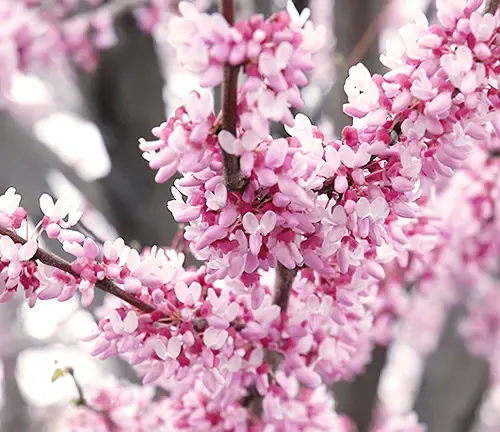
Attributes and Characteristics
The Eastern Redbud tree is beloved for its striking appearance. In early spring, before its leaves emerge, it showcases an abundance of small, pea-like flowers in pink, lavender, or even white hues. As the season progress, heart-shaped leaves take center stage, providing a lush green canopy. In the fall, the foliage transforms into a vibrant mix of yellow, orange, and red, adding a final burst of color to the landscape.
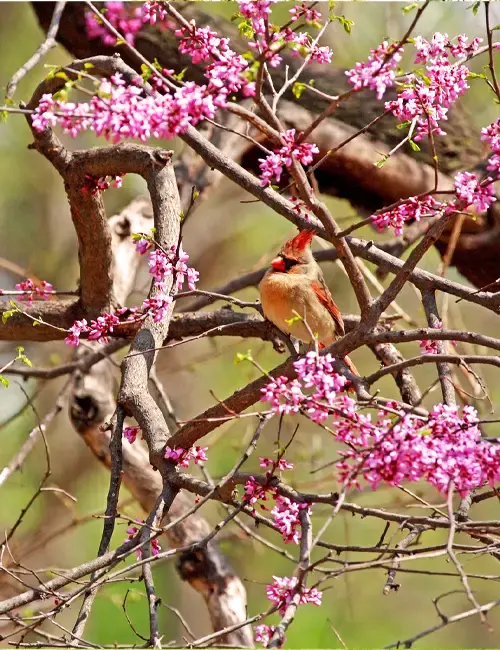
Wildlife Value
This tree is not only visually appealing but also attracts a variety of wildlife. The flowers are a valuable source of nectar for bees, butterflies, and other pollinators. The seeds, borne in slender pods, are a food source for birds and small mammals.
Care
The Eastern Redbud tree is relatively low-maintenance once established. Here are some essential care tips:
- Watering: Provide regular watering, especially during the first few years of growth, to help the tree establish a strong root system.
- Mulching: Apply a layer of organic mulch around the base of the tree to conserve moisture, suppress weed growth, and maintain a consistent soil temperature.
- Pruning: Prune the tree during the dormant season to remove dead, damaged, or crossing branches. This will improve air circulation and promote healthy growth.
- Fertilizing: While not essential, you can apply a balanced, slow-release fertilizer in early spring to provide additional nutrients.
Benefits
The Eastern Redbud tree offers numerous benefits to both the environment and homeowners. Some key advantages include:
- Ornamental Value: With its stunning flowers and vibrant foliage, the Eastern Redbud enhances the aesthetic appeal of any landscape.
- Shade and Privacy: As the tree matures, its spreading canopy provides welcome shade and privacy, making it an excellent choice for patios and outdoor living areas.
- Soil Stabilization: The extensive root system of the Eastern Redbud helps prevent soil erosion, making it ideal for planting on slopes or near water bodies.
- Air Purification: Like other trees, the Eastern Redbud contributes to cleaner air by absorbing carbon dioxide and releasing oxygen.
Invasive
The Eastern Redbud tree is not considered invasive and is generally well-behaved in its growth habit. It coexists harmoniously with other plants and does not pose a threat to native ecosystems.
Lifespan
With proper care, the Eastern Redbud tree can live for 20 to 30 years or more, bringing joy and beauty to your landscape for decades.
Disadvantage
One potential disadvantage of the Eastern Redbud is its susceptibility to certain pests and diseases. However, with proper care and maintenance, these issues can be mitigated.

Edible or Not
While Eastern Redbud flowers are technically edible and have been used in salads or as garnishes, they are not widely consumed. However, it’s important to note that consumption should be limited as some individuals may have allergic reactions.
Habitat Requirements
Eastern Redbud trees thrive in a variety of habitats, including woodlands, meadows, and urban landscapes. They can adapt to different soil conditions and are often found near streams or other water sources.
Name Origin
The name “Redbud” refers to the tree’s distinctive flowers, which bloom directly on the branches, creating a vibrant display of color. The term “Eastern” indicates the tree’s native range in eastern North America.
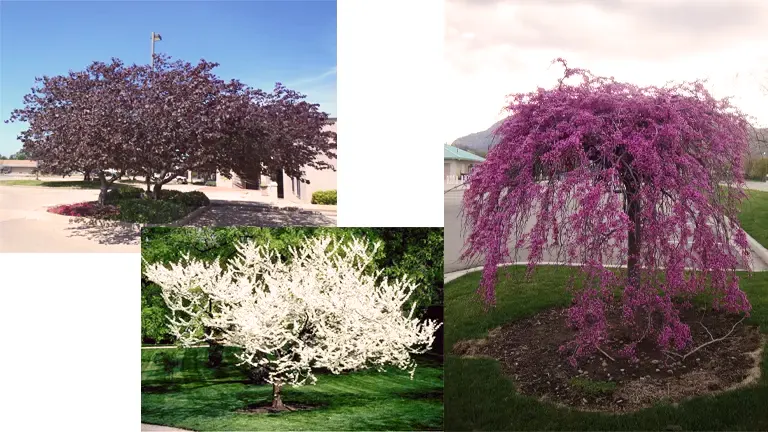
Varieties
Several cultivars of the Eastern Redbud tree are available, offering different flower colors or growth habits. Some popular varieties include ‘Forest Pansy,’ with deep purple foliage, ‘Alba,’ which produces white flowers, and ‘Lavender Twist,’ a weeping form of the tree.
Pruning
Pruning Eastern Redbud trees is best done during the dormant season to shape the tree, remove dead or diseased wood, and improve its overall structure. It’s important to avoid heavy pruning, as it can limit flower production.
Propagating
Eastern Redbud trees can be propagated through seeds or by taking softwood or hardwood cuttings. However, keep in mind that growing trees from seeds may result in variations from the parent plant, while cuttings offer a more reliable way to maintain specific characteristics.

Common Pests & Diseases
Eastern Redbuds are generally resistant to pests and diseases. However, they can be susceptible to issues like canker diseases, leaf spots, or aphid infestations. Regular inspections and prompt action can help prevent and manage these problems.
Fun Facts:
- The Eastern Redbud is the state tree of Oklahoma.
- Native American tribes used the Eastern Redbud for various medicinal purposes, including treating ailments like dysentery and whooping cough.
- The flowers of the Eastern Redbud are not only visually appealing but also have a slightly sweet taste, making them a unique addition to culinary creations.
Frequently Asked Questions:
- Q: When do Eastern Redbud trees bloom?
A: Eastern Redbuds typically bloom in early spring, before their leaves emerge. The exact timing can vary depending on the climate and local conditions. - Q: How fast does an Eastern Redbud tree grow?
A: Eastern Redbud trees have a moderate growth rate, adding about 1 to 2 feet per year. However, growth rates can vary depending on factors such as soil conditions and available sunlight. - Q: Can I grow an Eastern Redbud tree in a container?
A: While it’s possible to grow an Eastern Redbud tree in a container initially, keep in mind that it will eventually outgrow the container. Transplanting it into the ground is recommended for long-term growth. - Q: Are Eastern Redbud trees deer-resistant?
A: Eastern Redbuds are generally not favored by deer. However, during periods of extreme food scarcity, deer may browse on the foliage.
The Eastern Redbud tree is a captivating and versatile addition to any landscape. With its stunning blossoms, vibrant foliage, and wildlife-friendly attributes, it brings beauty and joy throughout the seasons. By providing the right care and maintenance, you can enjoy the Eastern Redbud’s enchanting presence for years to come.


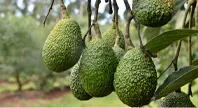
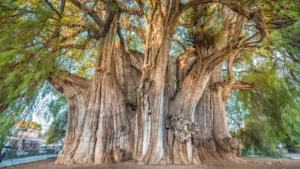
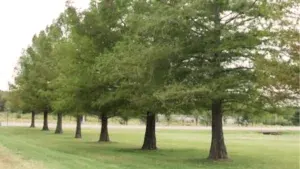

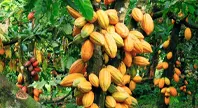
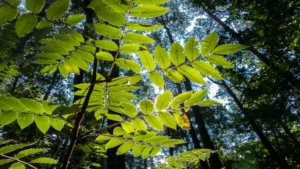
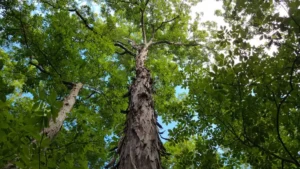
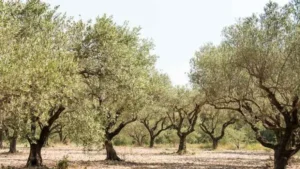
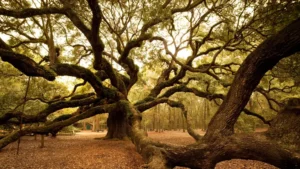
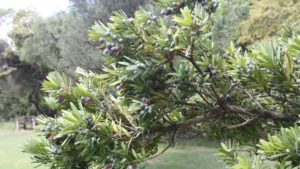
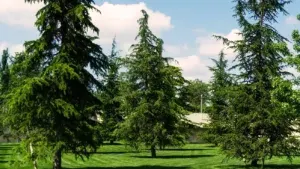
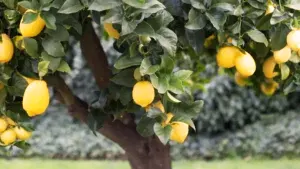
Leave your comment